Continuing TCN’s look at Croatian rural tourism on October 29, 2016, a visit to the eastern region of Baranja, where the rise of tourism representing a previous era is growing in popularity and offers hope to stop alarming depopulation in the region.
Tucked away on the banks of the Danube in distant eastern Croatia is a region quite unlike any other in the country. Bordering Serbia to the east and its strong Hungarian influence shared with half of its region located across the Hungarian border, Baranja has a completely different feel to the Croatia I have come to know and love over the last fourteen years, and I was delighted to accept an offer from the Croatian Rural Tourism Association to visit some of their members, as part of a four-day tour exploring the potential of Croatia’s continental rural tourism.
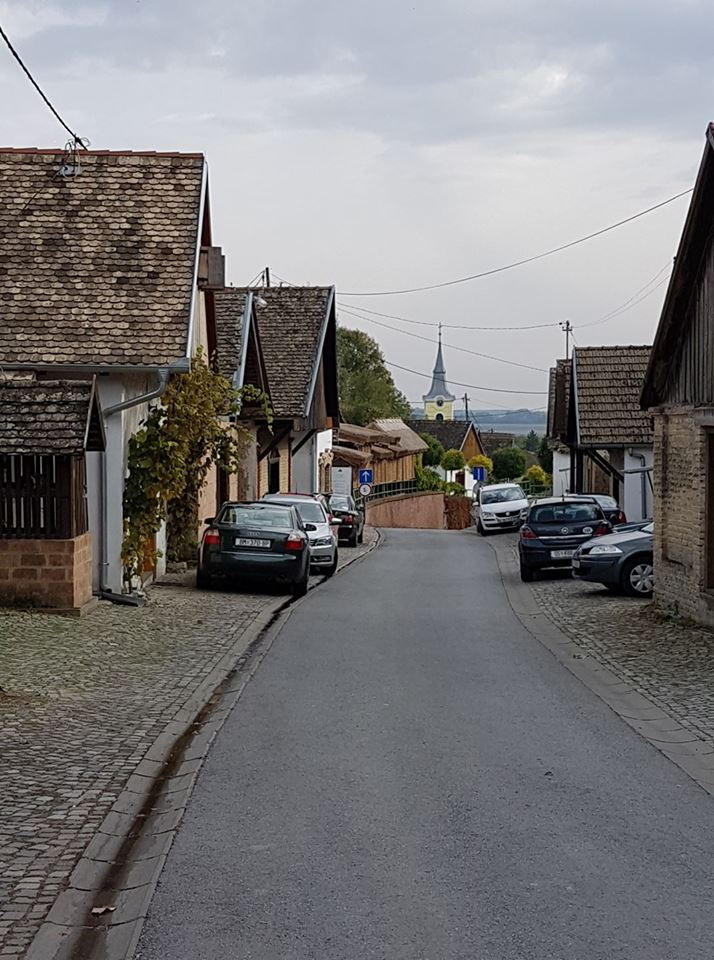
First stop the fascinating village of Zmajevac, and I had certainly never seen a street quite like this in Croatia, but the external view was only part of the story, as I was about to find out.
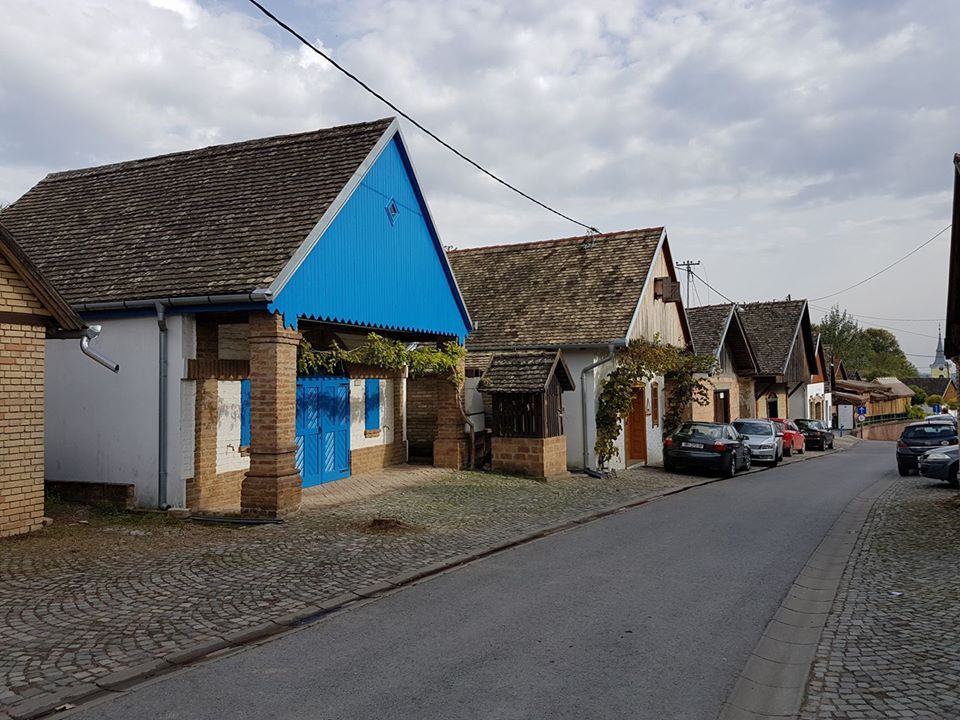
All these charming houses looked cute and quite small, but they all had a secret or two when you entered inside.
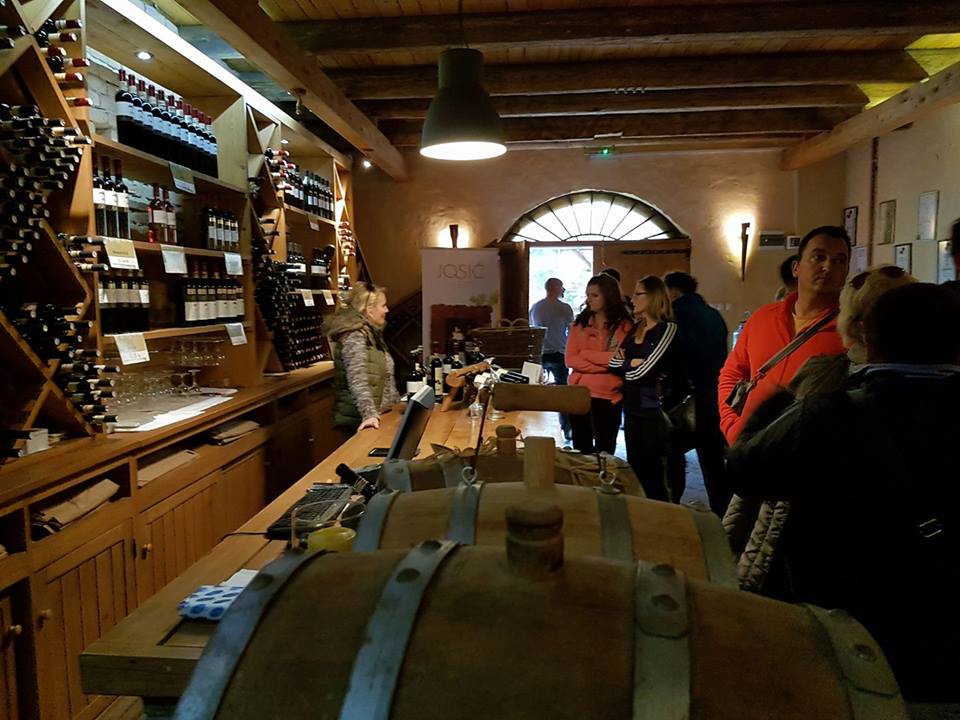
We were here to try the wines of one of Baranja’s best-known producers, Josic, and any thoughts that we might be the only visitors in mid-October were soon dispelled – the winery, as with much of the Baranja region, was teeming with tourists, a stark contrast with the island of Hvar from where I had come, now in full winter mode after another season largely based on the summer sun.
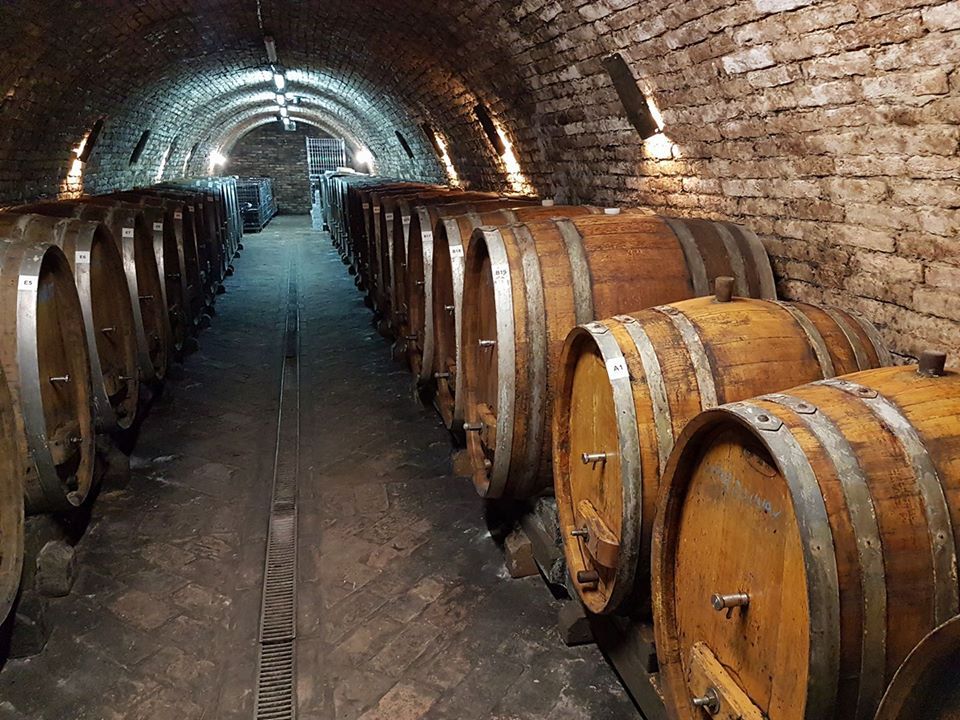
And then the first secret – each of these houses had a large area built into the hill behind it. Far from being just a quaint little street, it was in fact an important wine production and storage centre, which had been busier in a previous era, but where producers such as Josic where still extremely active, and a magnet for tourists.
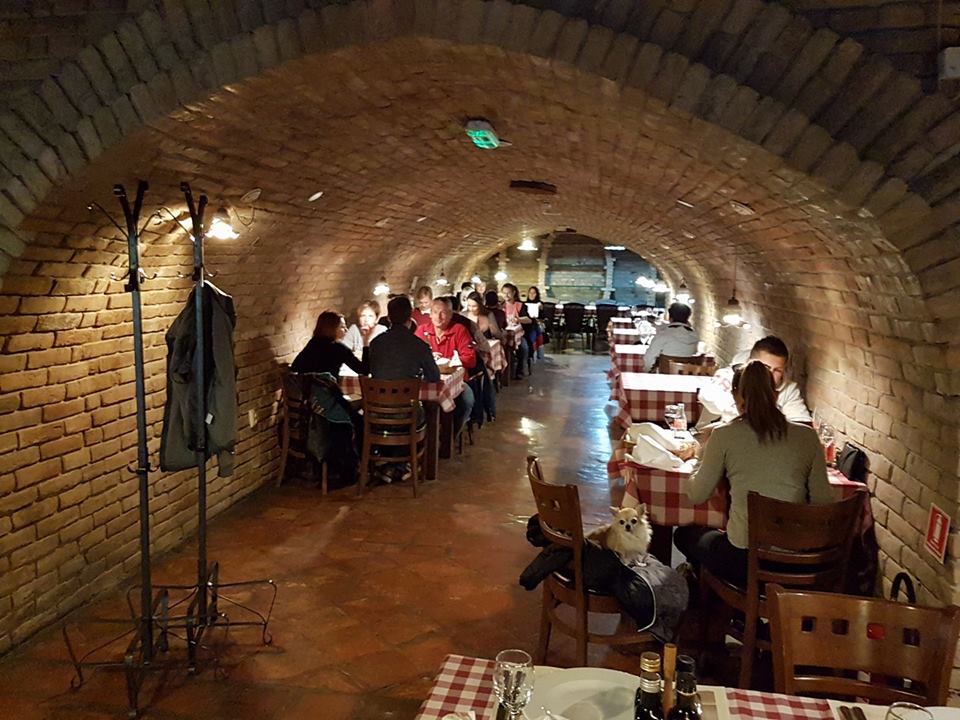
An intelligent use of blending of traditional architecture with the needs of modern tourism produced this delightful restaurant next to the winery. But still it seemed quite an intimate and charming space. Until I was led into another arched tunnel, with steps leading up.
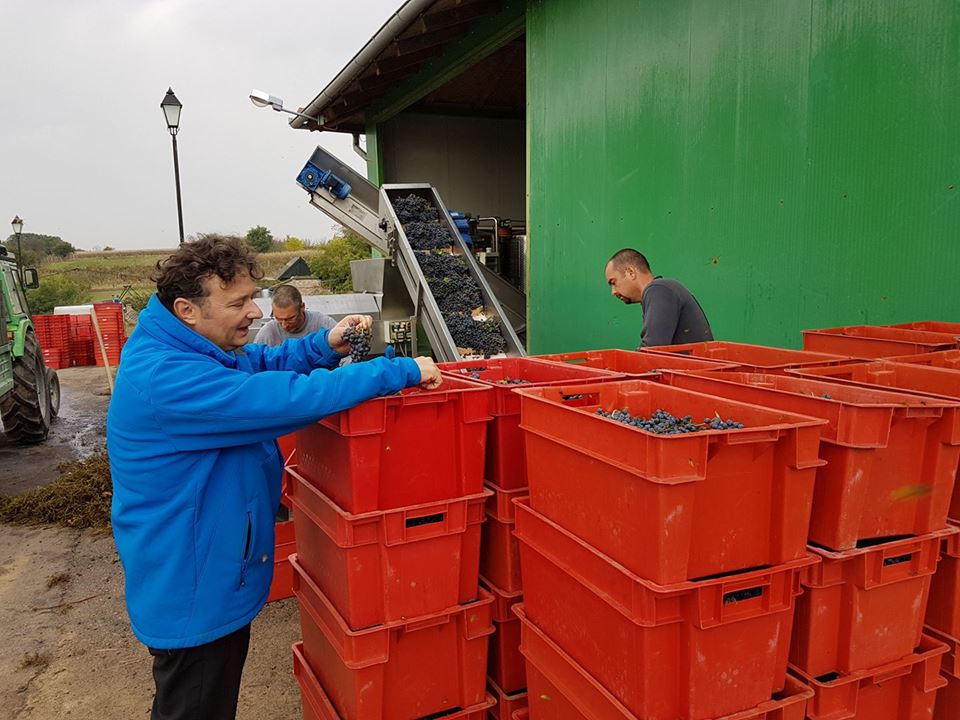
And just above the houses to the left of the original picture of the street, a modern winery in full operational mode, with the grape harvest in full swing.
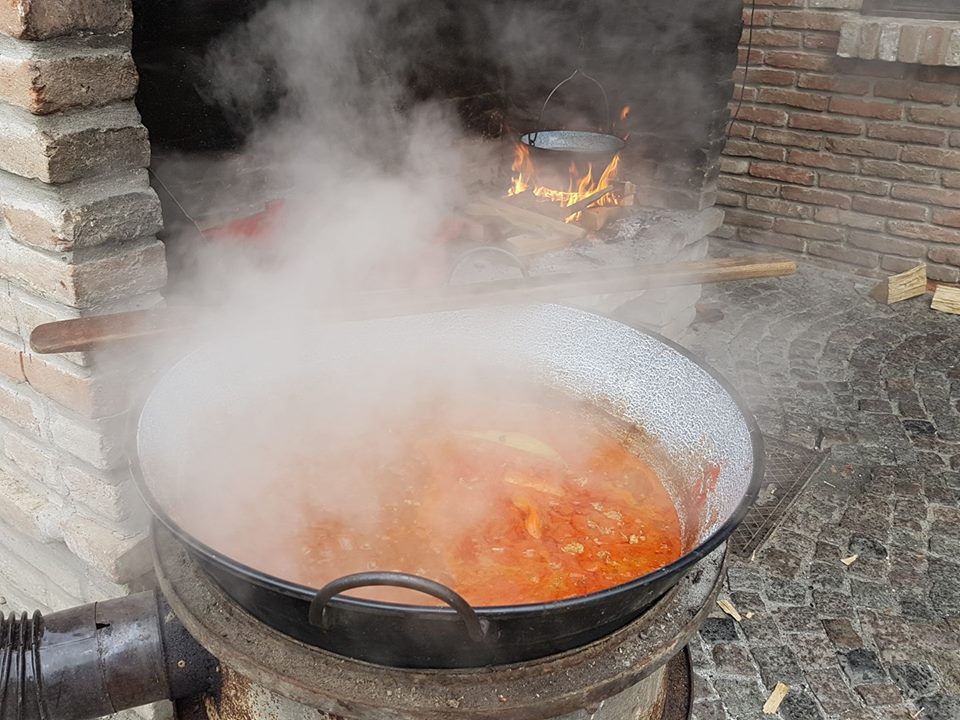
The production facility inspected, it was time to move on, but not before passing this traditional preparation of lunch. Baranja does things differently, and I was already hooked.

Our main destination was the village of Karanac, a village which was dying until recently, but whose population is now in excess of 1,000 people, and a village which has a sense of life and purpose, dspite its relatively remote location. We stayed at Ivica i Marica, the latest etho tourism to open in the village, a wonderful enclosed complex with central courtyard, which offered quality modern accommodation in an authentic traditional setting, and which – just like the rest of Baranja it seemed – was completely full. And, as with other places in the village, Ivica i Marica was busy expanding, building extra accommodation units to cope with the increasing demand. It was relaxing sitting with a glass of wine outside watching the little ones run around with various animals, and activities such as horse riding are proving extremely popular.
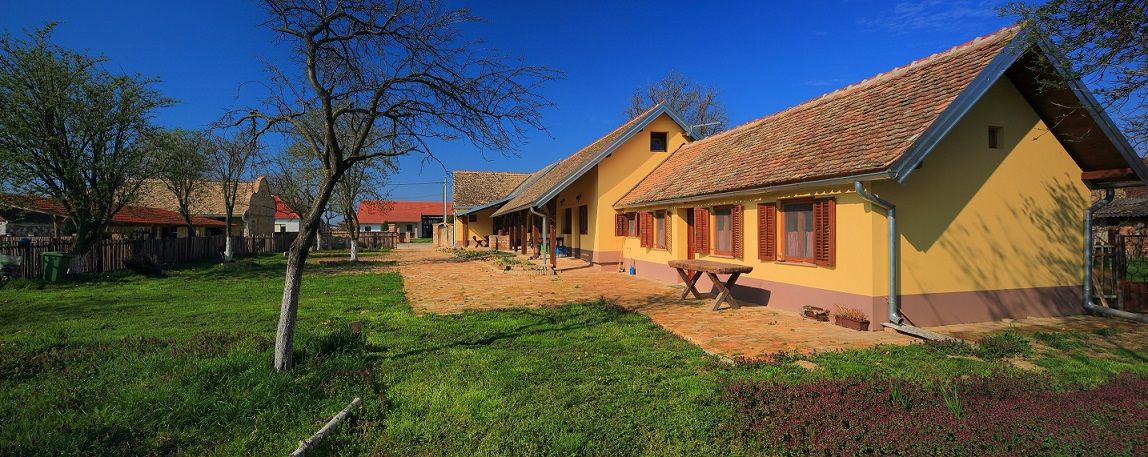
The pioneers of rural tourism in Karanac (and one of the best purveyors of this type of tourism in all Croatia) are the team from Baranjska Kuca, a project to bring back the traditions and crafts of the past, combinging them with excellent local cuisine and fine hospitality, to create an unforgettable experience. And, like others in the region, the expansion continues – here is one of the later accommodation units after the success of the initial project. And, like other places we encountered, it was completely full, the most memorable guests a group of lively Slovenians who had come by chartered bus from Zagreb. They clearly knew where to find a good time in Croatia in October.
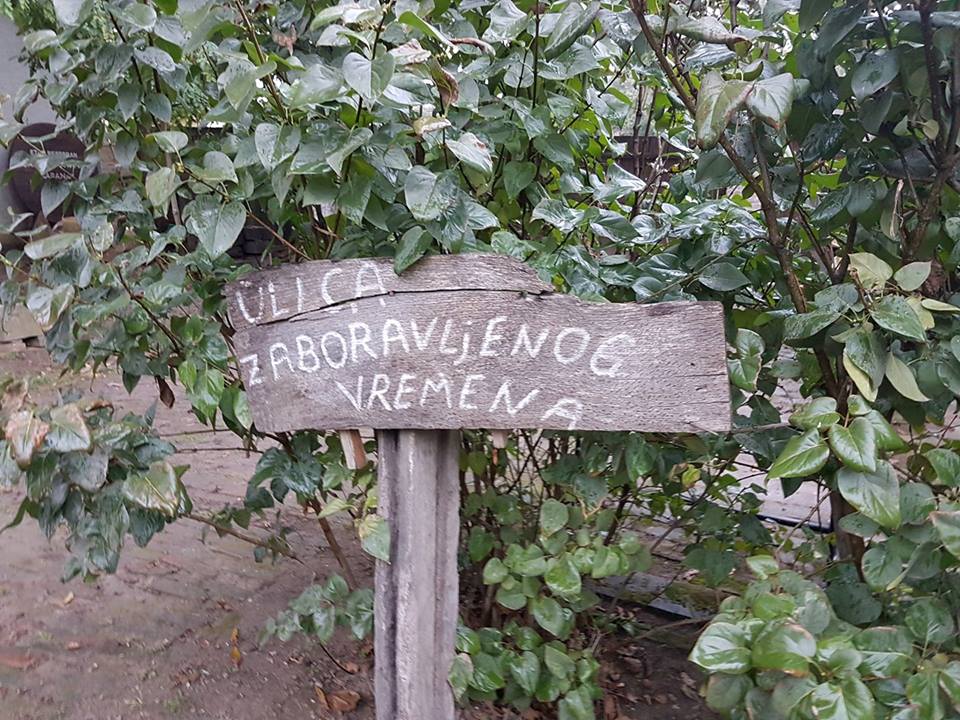
I think this was my favourite part of the Baranjska Kuca experience, a visit to the Street of a Forgotten Time.

A wonderful collection of traditional buildings, each allocated to an expert trade – the miller, the blacksmith, the cobbler etc. – and each rich in traditional artefacts, as well as regular workshops for children to explain and explore the crafts of the traditional way of life in a bygone era. A true educational paradise for the youth of today.
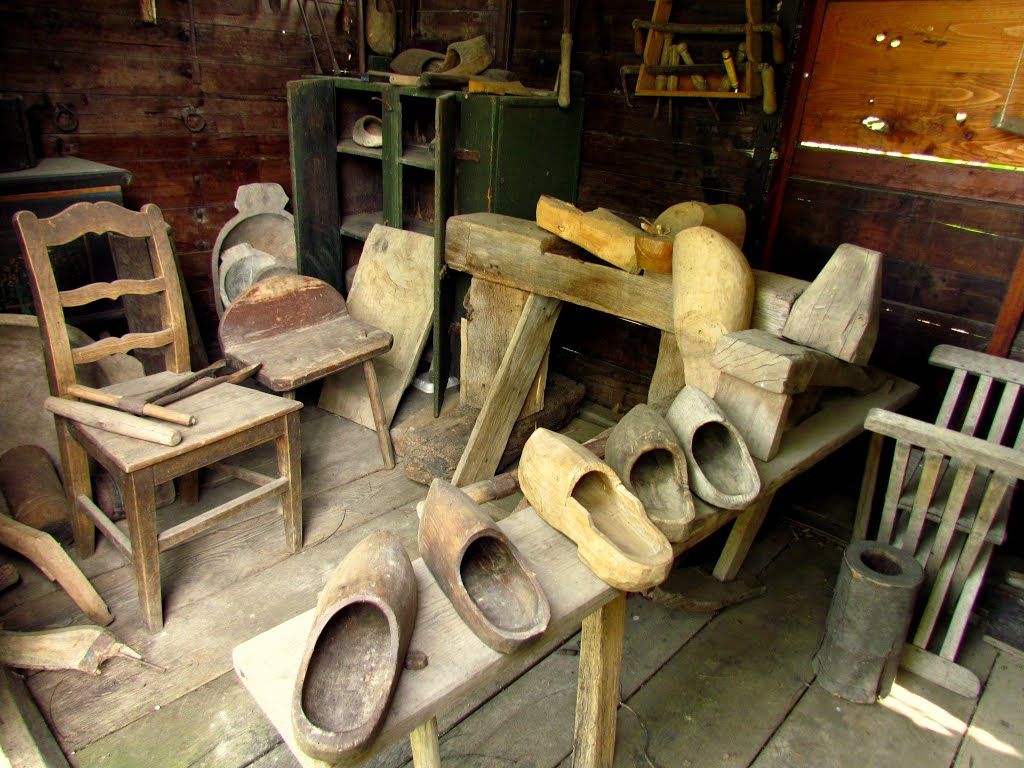
Shoes, anyone?
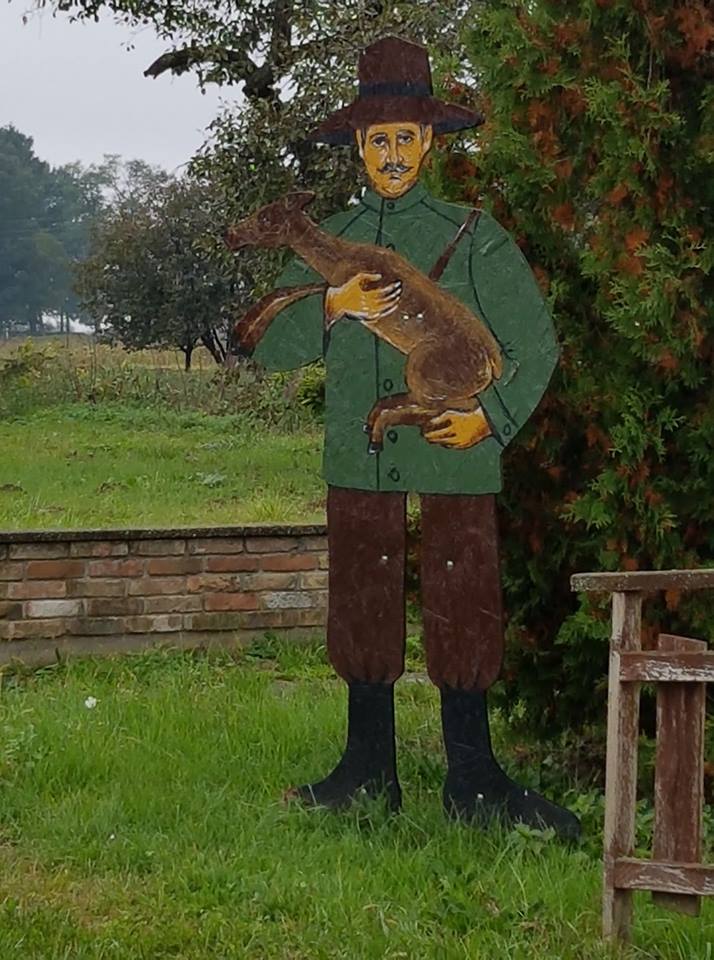
There was something very quaint about the street signs in Karanac too, and this young man appeared in several places by the side of the road, with a variety of messages.
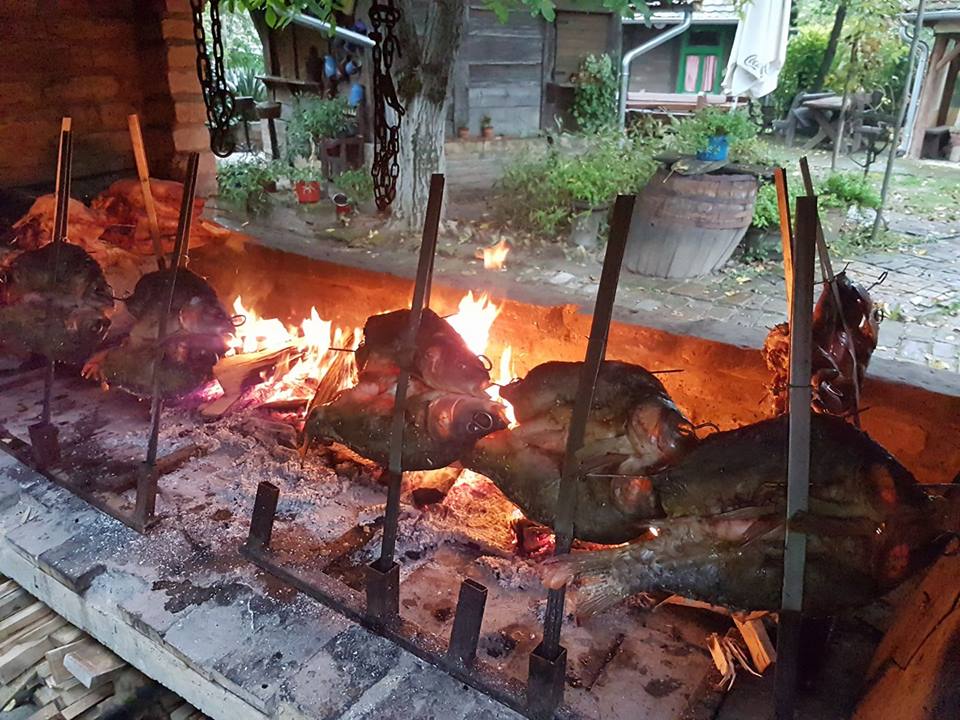
There was food, and the famous Baranja fish specialities were being cooked up for yet another full house. Just where were all these people coming from?
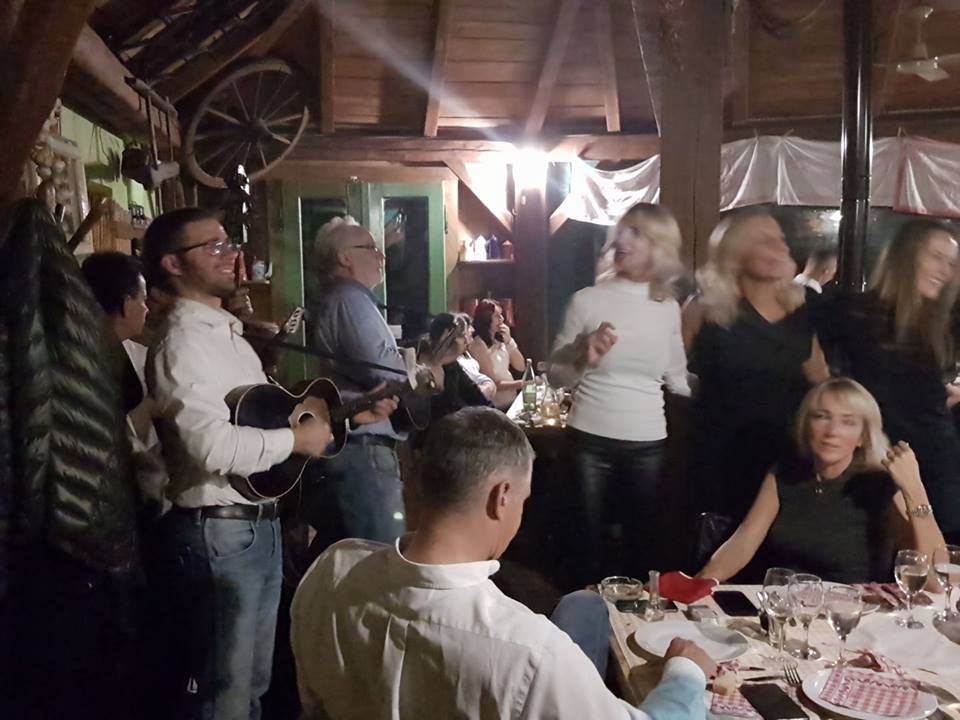
We were lucky to find a table, but we were more than content to sit in a corner and watch the evening entertainment as the live music came on, encouraging many guests to enter into the spirit of the evening and start dancing. This was not a party which was going to finish early, and I heard later that things finally broke up about 4am. Croatia, Full of Life, in the middle of October.
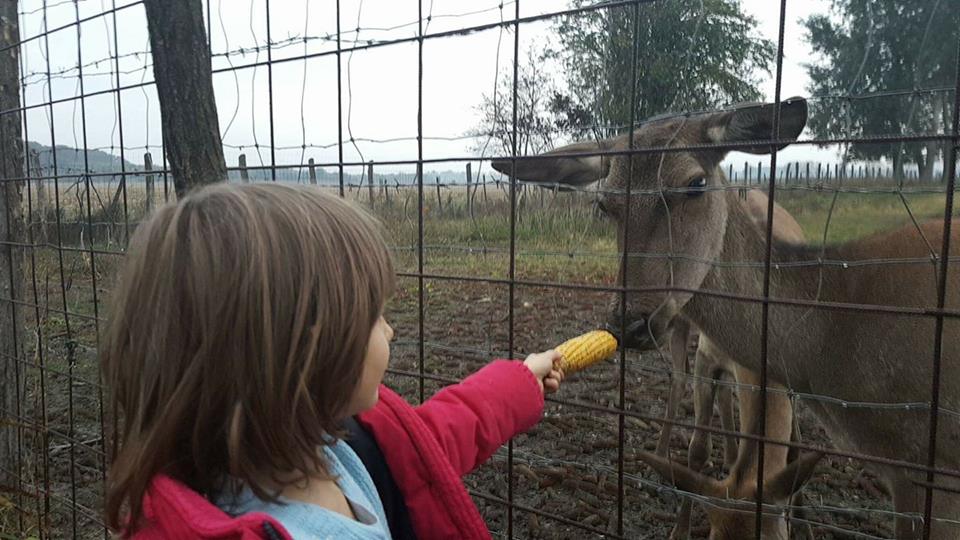
Baranja is of course a great natural paradise, with its most famous local attraction the magnicent nature park of Kopacki Rit.
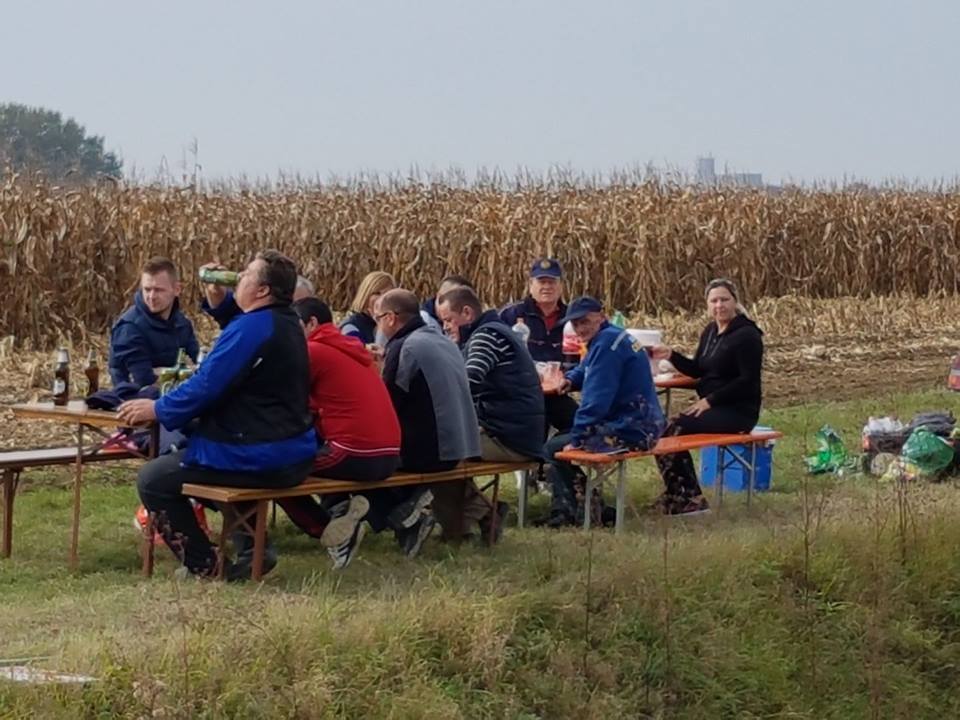
The call of nature and the bond with the land was never far away – workers from the corn harvest taking a well-earned break. I now regret not taking up their offer to drive the combine harvester to collect a little corn myself, but it was probably the best decision from a safety point of view.
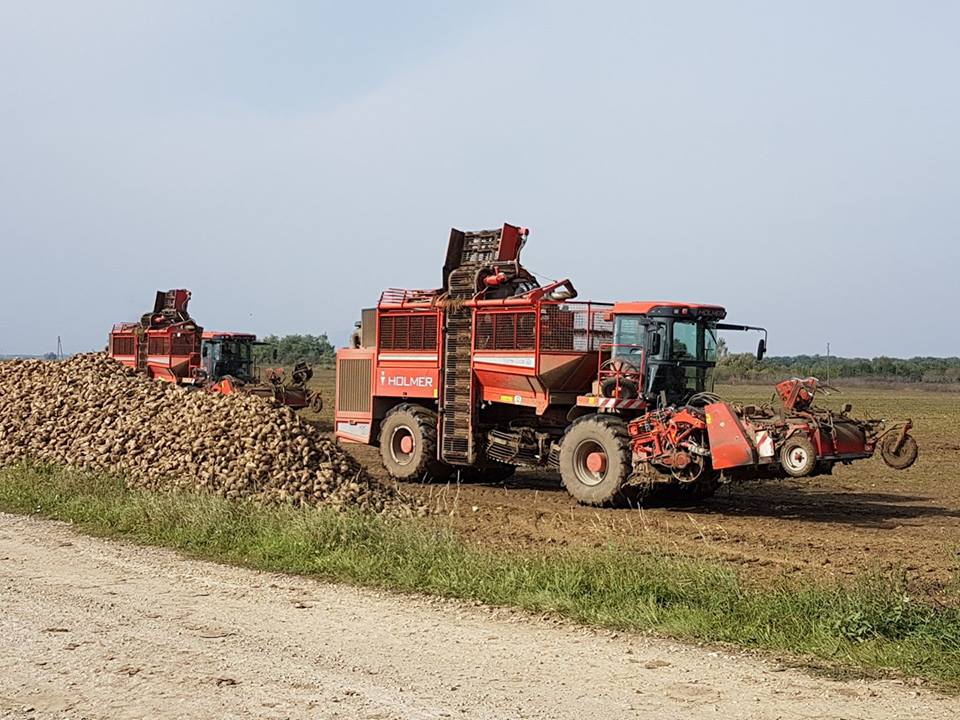
And there was always something new to learn – I did not realise that Croatia was a producer of sugar until we drove by this mound.
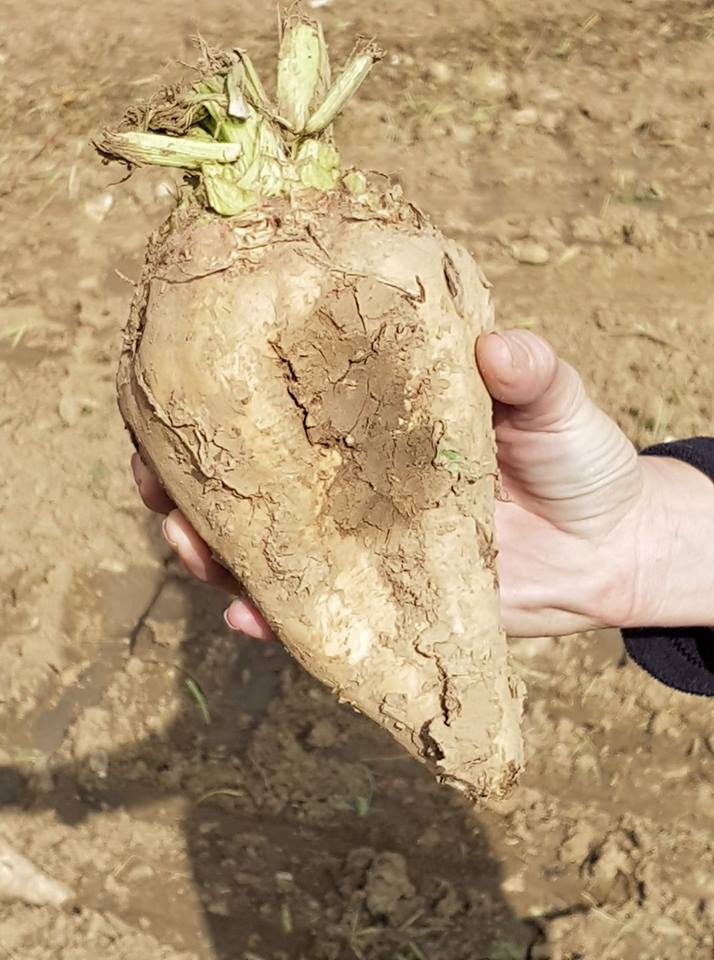
No sugar cane here, but this is how the raw materials of Croatian sugar look.
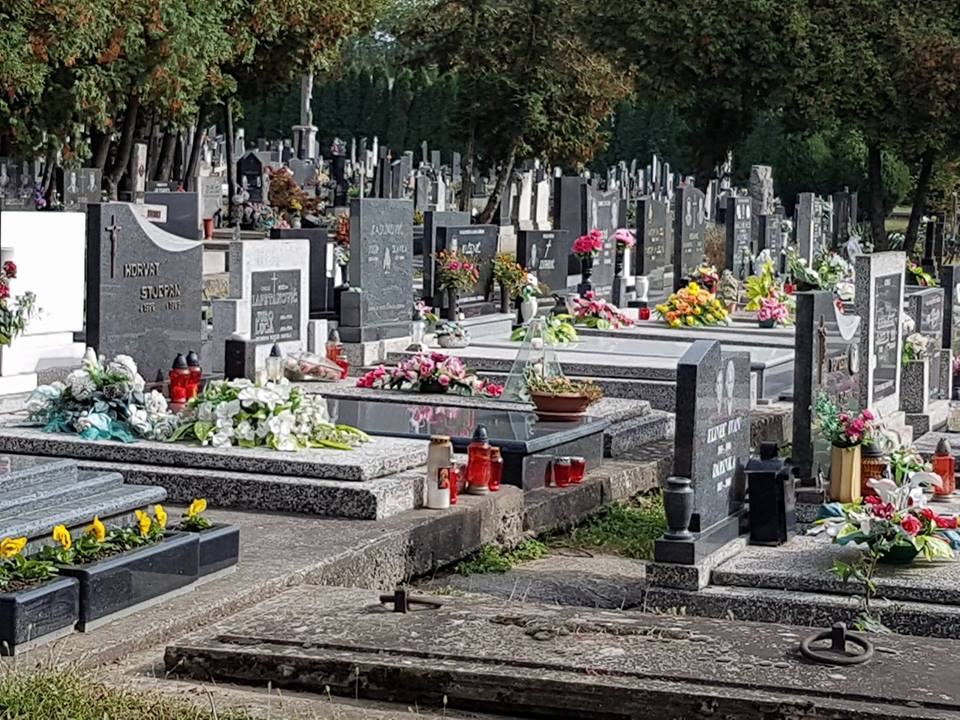
Even the graveyards were mightily impressive and full of life. Neatly arranged, superbly maintained and full of a range of colourful flowers.
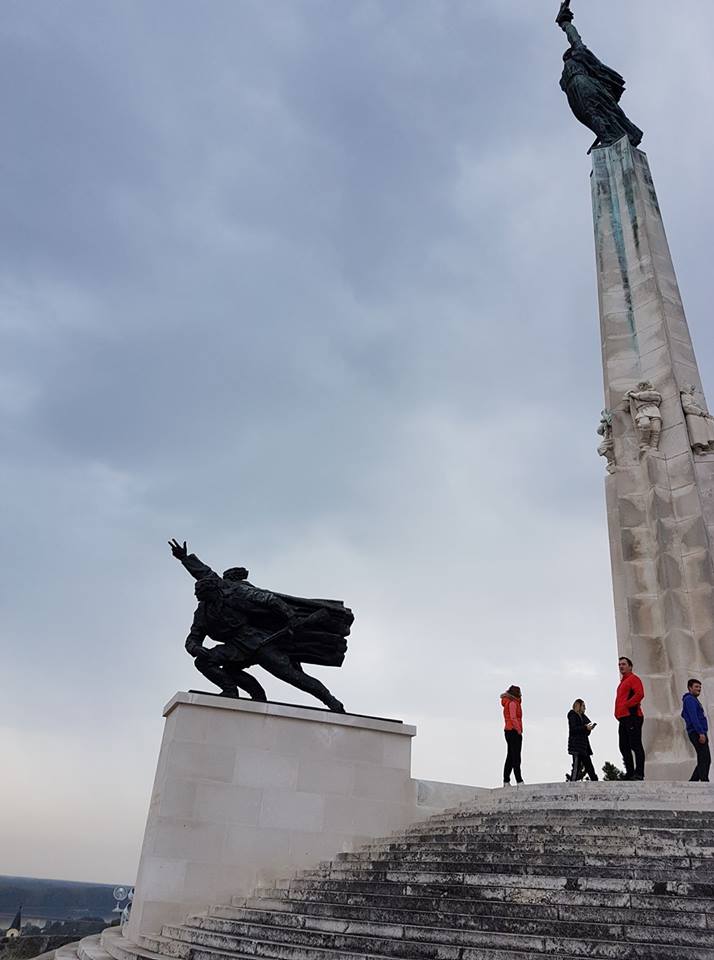
And a surprise around every corner – a huge, part Russian-funded memorial to the Battle of Baranja in 1944, which today looks over the Danube and Serbia, and to the left the self-proclaimed Free State of Liberland.
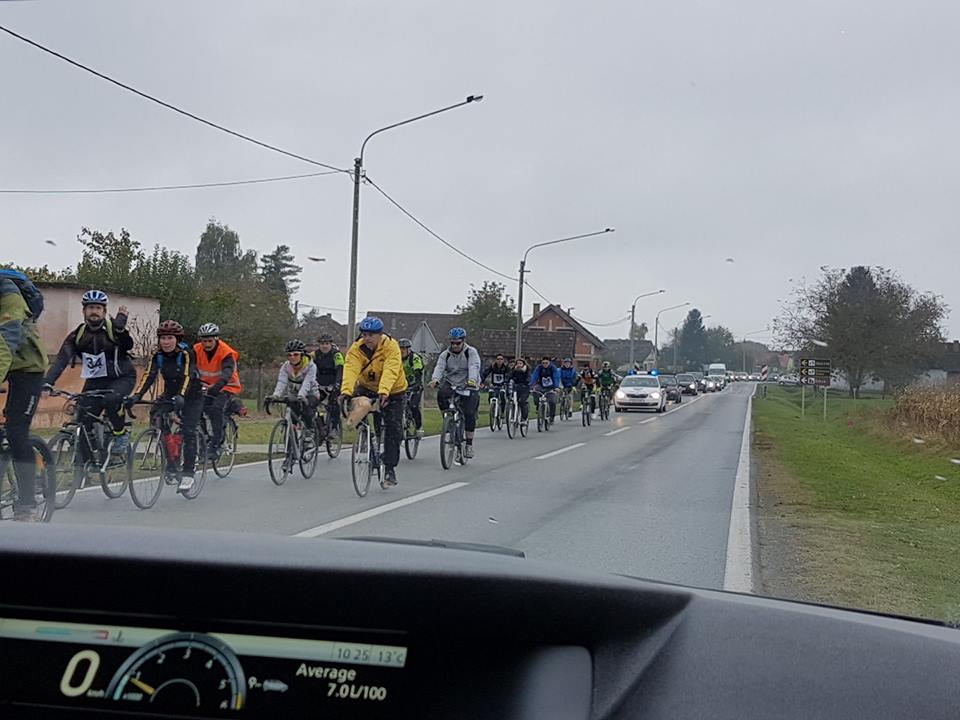
Did I say full of life? Those visitors came in all shapes and forms, and a police escort accompanied more than 100 cyclists coming the other way as we finally departed. Is Croatia a 12-month tourist destination? It certainly has the potential to be, especially if the true potential of continental Croatia is realised.
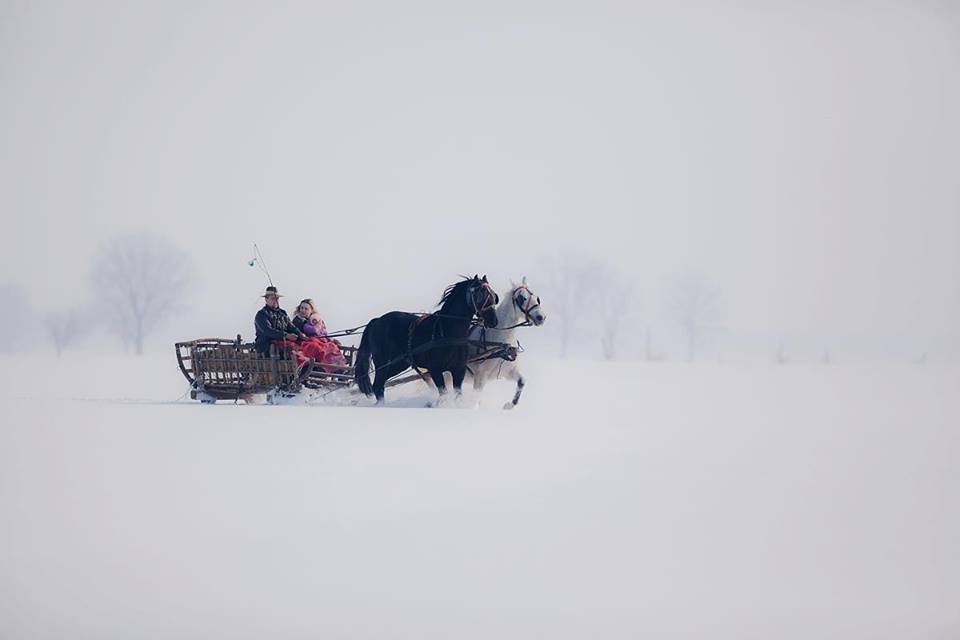
And although it was too early for snow, what a romantic image to advertise a visit to Baranja in winter.
A truly delightful region, with some of the warmest hospitality and best food and wine in the country. Learn a little more about Baranjska Kuca in the video below.









